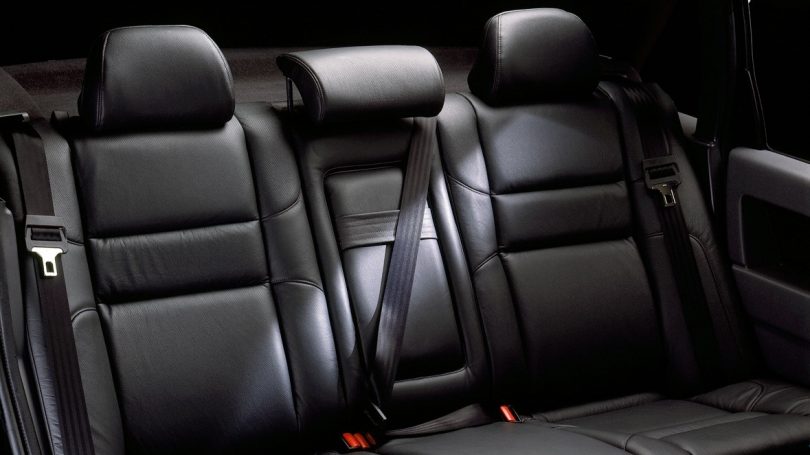We all know that seat belts are an important safety feature. That said, despite the awareness, many road users don’t use seatbelts. Most of the time, it is the fear of the cops that make users belt up. Just recently, awareness of the front occupants has increased. But even then, rear seat occupants rarely make use of the seatbelt. Let us take a look at this video released by IIHS regarding seat belts.
Why we should wear seat belts?
IIHS or the Insurance Institute for Highway Safety, is an American Non-profit noted for its safety reviews of vehicles. IIHS has released a video about the effectiveness of seat belts. According to data analysed, the occupants using a lap and shoulder belt reduces the risk of fatal injury by 60 percent in an SUV, van or pickup and by 45 percent in a car. These statistics are shocking in the sense that they signify the importance of usage of seat belts.
Further, seat belt usage is higher in areas with applicable laws. But, those jurisdictions that don’t allow the police to stop a driver solely for not using a seat belt, sees low usage. In states with secondary enforcement, police can only enforce the belt law if they have pulled over the driver for another violation first.
Despite a reduction in speed or if the vehicle has slowed down post an accident, the unbelted occupants continue to keep moving till they crash into whatever is front of them. In most cases, the rear occupants will crash into the backs of the front seats if unbelted. Seat belts helps to to prevent or reduce injuries from this second collision bu holding occupants to their seats, while the impact zones in a car absorb the crash energy.
Additionally, when worn properly, seat belts are designed to spread crash forces across the stronger bony parts of the body. These include the shoulders, rib cage and pelvis. Seat belts also prevent occupants from being thrown out from the vehicle. Ejection of the passengers is always linked with a high risk of injury and/or death.
Advancement in seat belts
Over the years, seat belts have become more sophisticated. Front seat belts usually work in tandem with airbags. Seat belt tensioners cause the belt to tighten around occupants immediately when a crash occurs. Belts also have force limiters, to reduce the risk of chest injuries. These allow the seat belt webbing to spool out before forces from the belt get too high.
However, most belts in the rear seat lack crash tensioners and force limiters. Some car makers have added inflatable seat belts. These reduce the head, neck and chest injuries by deploying the inflatable belts in an event of crash. These allow even more spread of load which improve load distribution by a factor of 5, in comparison with traditional belts.
Also Read – Honda’s new WR-V scores 5-star ASEAN NCAP safety rating.


